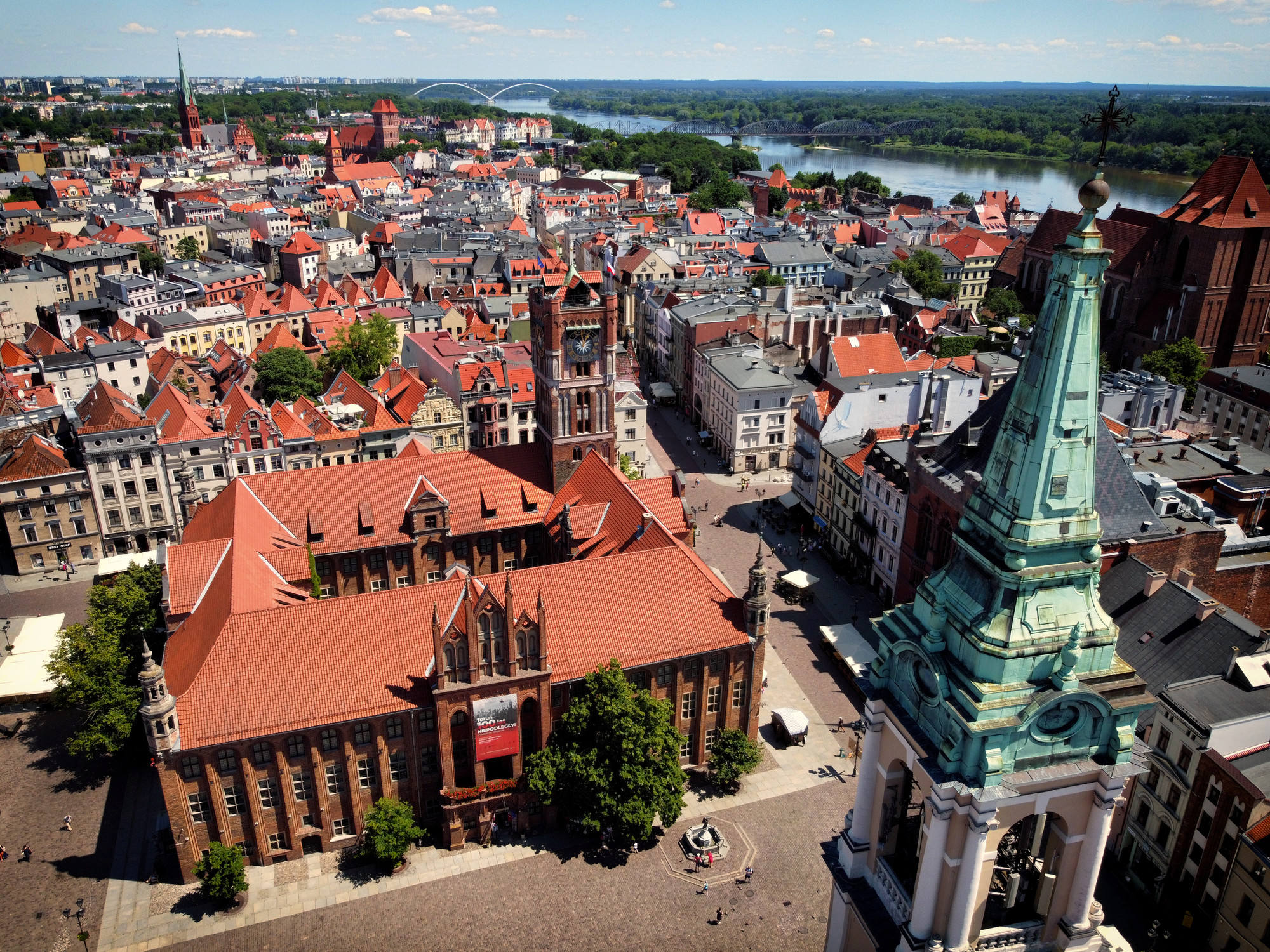
Medieval Gates & City Walls of Toruń
If you're arriving in Toruń by bus or taking the scenic route from the train station, chances are you'll be entering by one of the many brick gothic gateways that poke a hole in the city's old defensive walls. Starting on the far eastern end of Philadelphia Boulevard, you will spy Brama Zamkowa and a double surprise with a second archway crossing over the street from the Teutonic castle ruins. Next up is Brama Mostowa, a robust little tower with a gorgeous banded pattern around its turret - not a bad option for entering Toruń like a royal. Brama Żeglarska is a three-for-the-price-of-one gate that accommodates for the sidewalks as well as your horse and carriage...I mean, uhh, car! Further along to the west, Brama Klasztorna is the most established-looking gatehouse with an enviable view of the Vistula. We encourage you to explore the inner side of Toruń's walls, which host many nooks and crannies and other photo opportunities, not to mention other buildings that will pique your interest.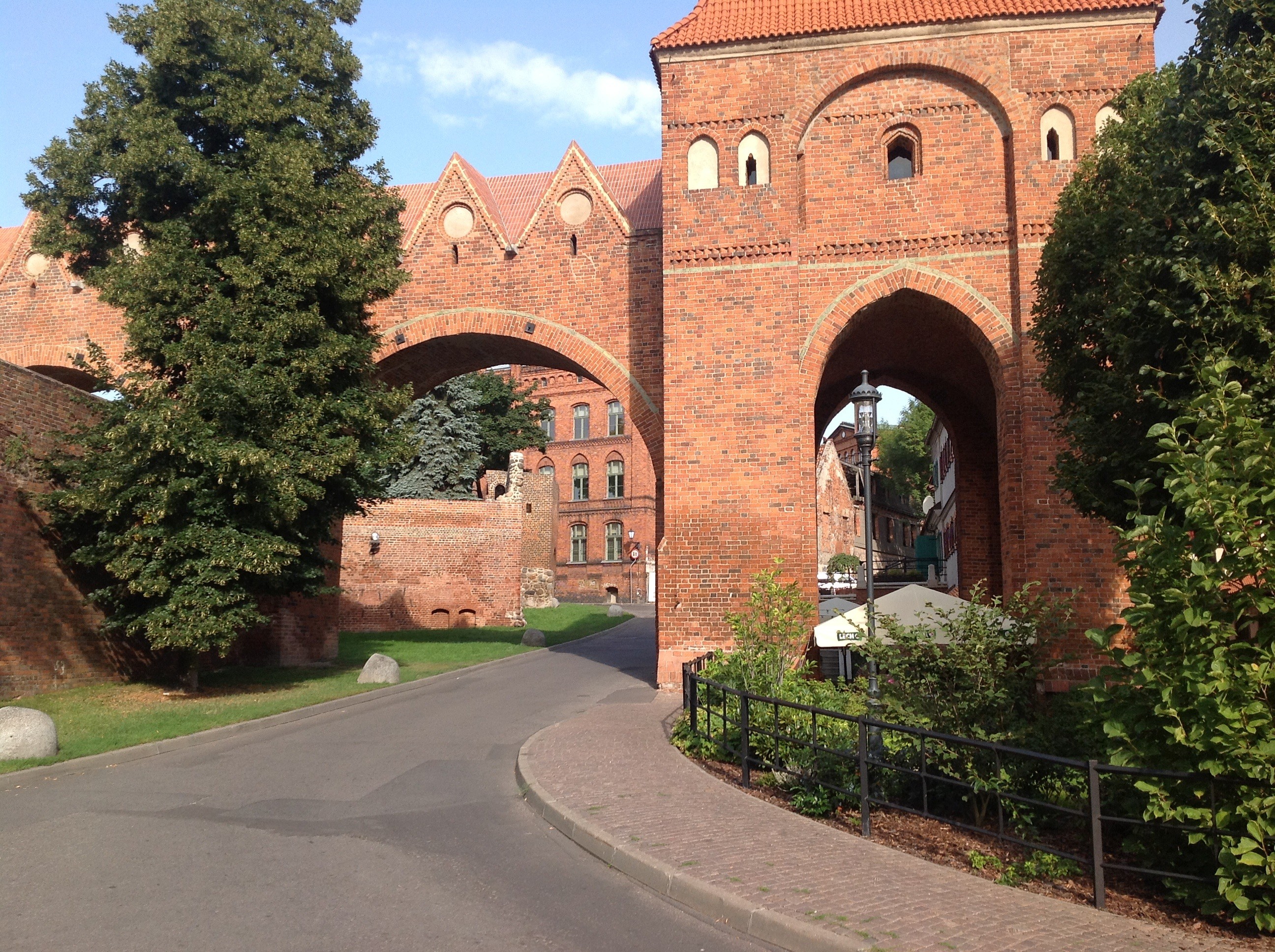
The Leaning Tower of Toruń
The biggest novelty in Toruń's medieval centre is Krzywa Wieża (ENG: The Leaning Tower), built in the 13th century as part of the city's defensive network. The structure's tilt is attributed to the fact that it was built on clay-based terrain, and has therefore partially sunk one side. However, there are of course a number of legends connected to the tower. The most popular one is a tale about a sinful Teutonic Knight who fell in love with the daughter of a rich local merchant and would meet her in secret, thus breaking the monastic rule of the Order. The residents of the town discovered this and reported them to the commander and the city authorities. Both lovers were fined, the woman was sentenced to 25 lashes, and the knight was ordered to build a tower. However, the tower had to be tilted, in the same way as his conduct had deviated from the monastic rule. For this reason, those who cannot stand unsupported against the tower wall (these days, 3 seconds is long enough) are considered to be sinful as well! Tough crowd!!! After it ceased to play a defensive role within the walls of Toruń, the Leaning Tower of Toruń served as a prison, and later as a smithy. Today it functions as a small museum, as well as a café. A must-visit for any visitor in Toruń!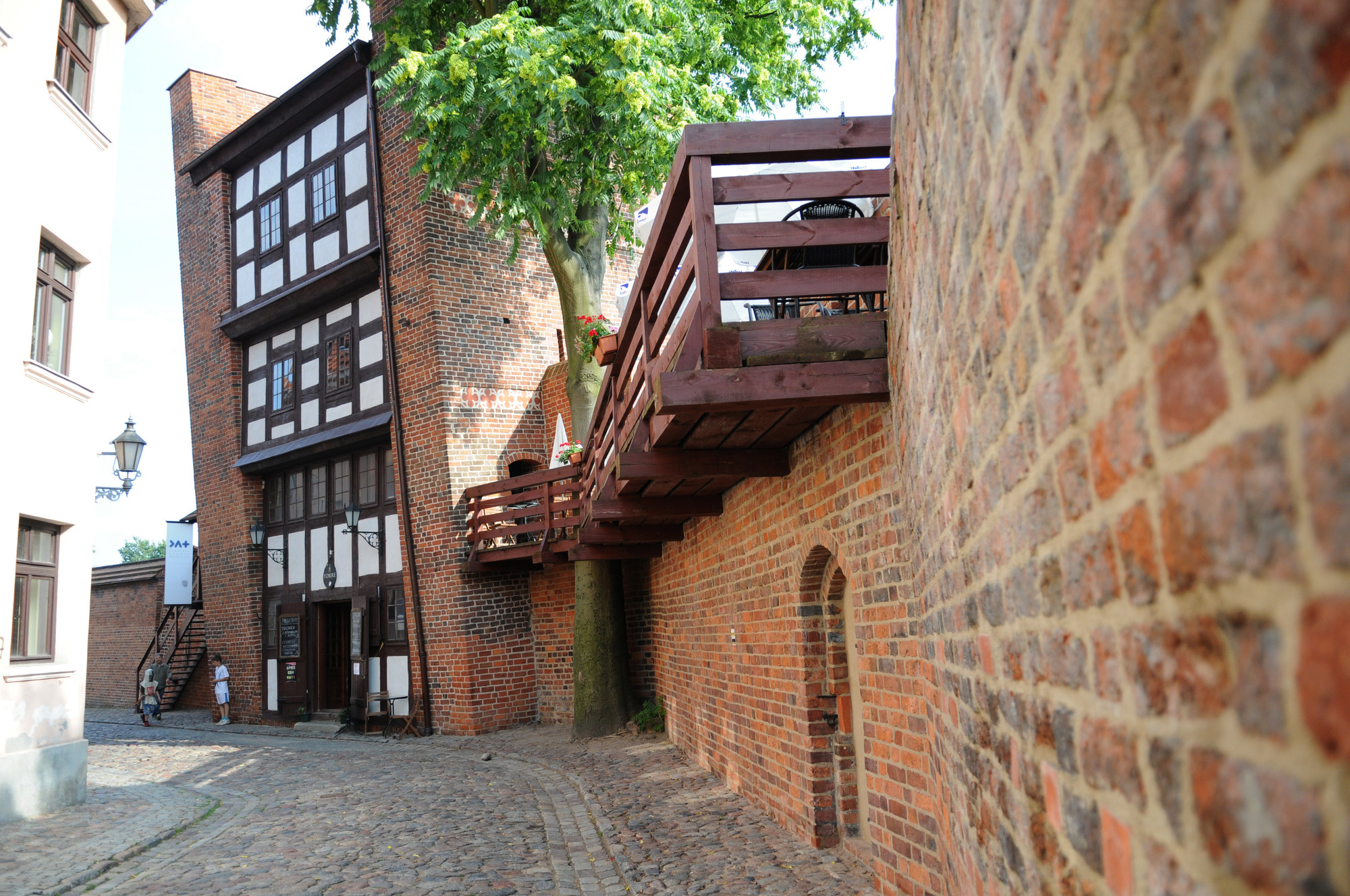
Nicolaus Copernicus Statue
Arguably the most recognised historical figure connected with the city, Nicolaus Copernicus was born in Toruń in 1473 and, though he was educated and made a name for himself elsewhere in Poland, his life and work are well commemorated here. This statue is probably the most famous monument based on his likeness. This is just one of many sights and museums connected with the famed astronomer and we've gone into more detail in another article.For more about the astronomer's life in Toruń, read our article: On the trail of Copernicus in Toruń.
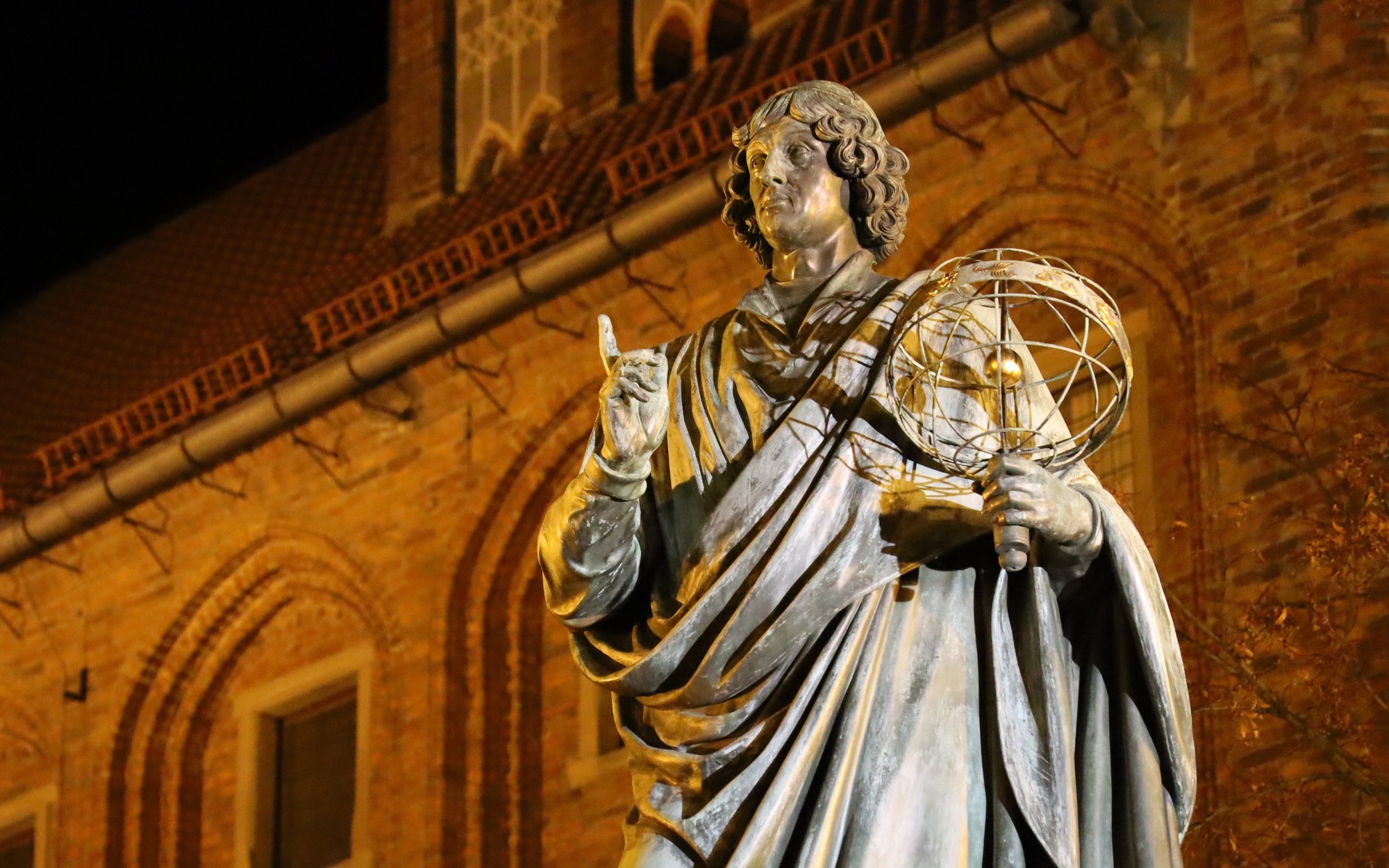
Toruń Old Town Hall
Smack bang at the heart of the medieval market square, Toruń Old Town Hall is a dominant symbol of the city's medieval Gothic centre, which became a UNESCO World Heritage Site in 1997. The original building was constructed in the 13th century and later given a make-over towards the end of the 14th century. Most notably, the Old Town Hall features a multi-storey square courtyard and a 40-metre-high clocktower, which you can climb and enjoy the observation deck at the top. Open seven days a week, it offers a panoramic view of the entire city of Toruń in all its glory!
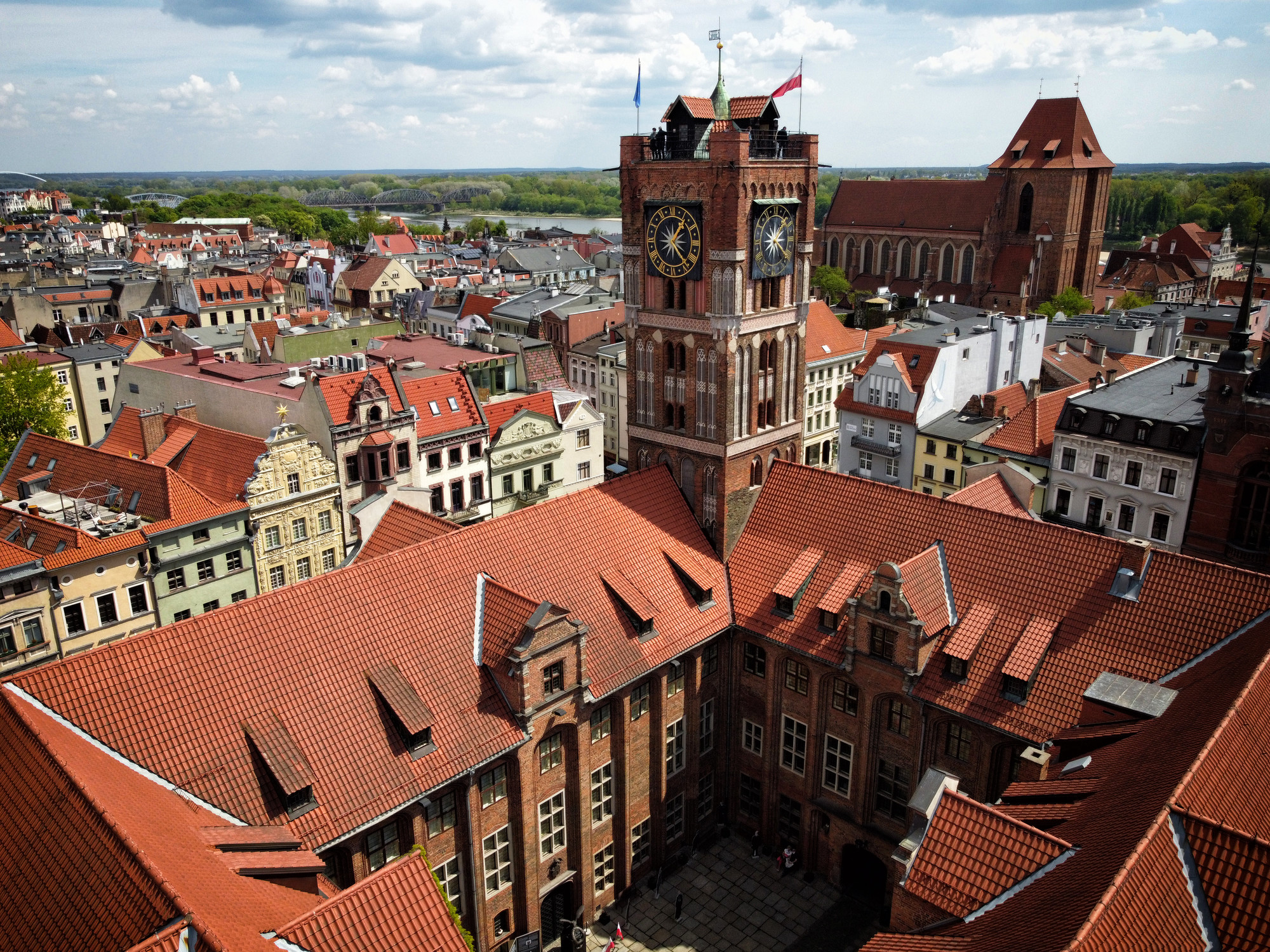
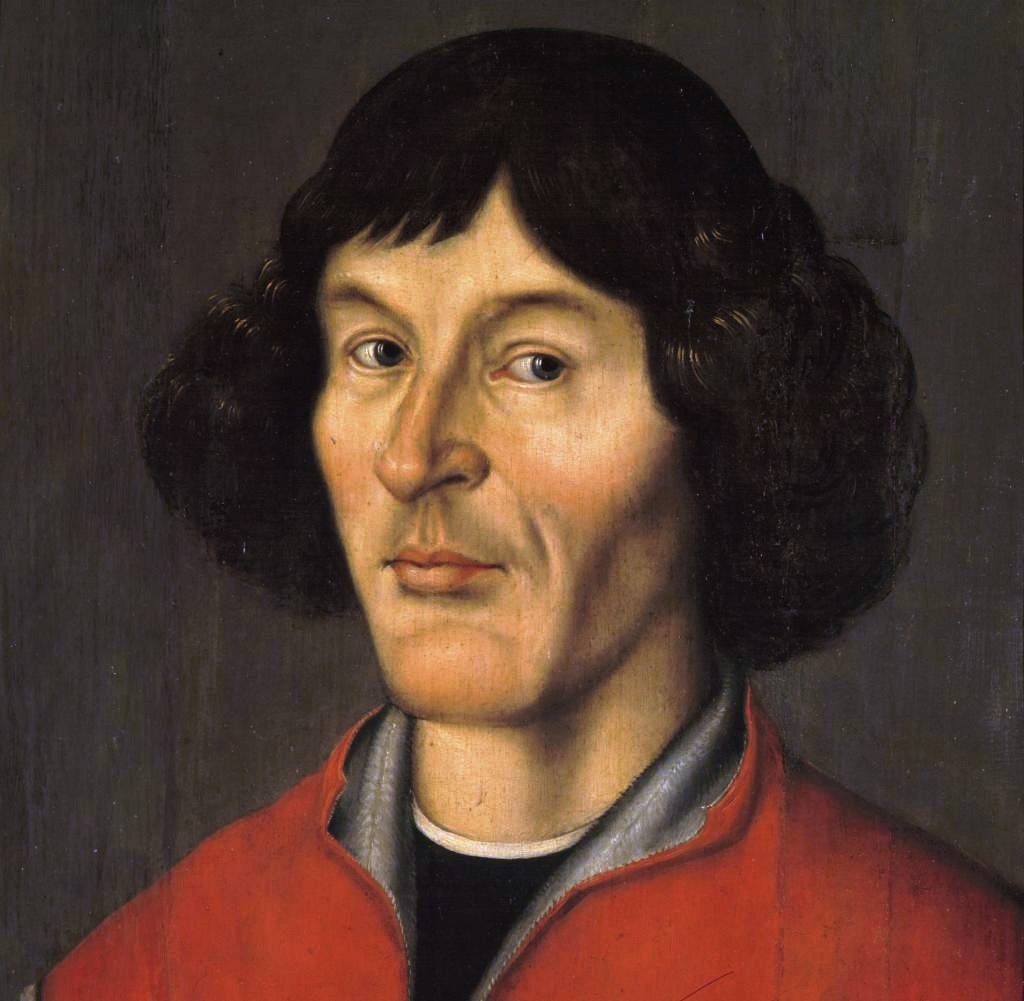
the original of which hangs in Toruń's Old Town Hall
There's also an impressive gallery of Polish paintings from the mid-18th century to 2010, which includes works of Jan Matejko, Wojciech Gerson, Stanisław Ignacy Witkiewicz, Jacek Malczewski, Julian Fałat, Andrzej Wróblewski and Zdzisław Beksiński.
Toruń Museum of Gingerbread
If you ask the average Pole "What is Toruń famous for?" chances are they will reply, "gingerbread!" (PL: Pierniki Toruńskie). Toruń Gingerbread has been produced here since at least the 14th century, and, thanks to its profitable position on the Vistula trading route, spices like ginger, nutmeg, cinnamon and cloves were able to be thrown into the mixing pot with locally-produced ingredients like flour and honey. Fast-forward 700 years and Toruń's Gingerbread industry has since boomed, with the age of industrialisation bringing the first gingerbread factory, the Kopernik Confectionery Company, which was built in 1763. This Wonka-esque enterprise is now the home of an equally fantastical multimedia extravaganza that is the Toruń Museum of Gingerbread. Here you will learn about the history of Pierniki Toruńskie, in parallel with that of Toruń's beloved factory, as well as the history and production of its different ingredients. Aside all the fancy screens and projections you can touch and experience, you can hear different legends and stories around gingerbread, test your smelling capabilities with different spices, try your hand at operating old technology, and, most popularly, you can make you own gingerbread here in a guided workshop! Highly recommended for families with young children.
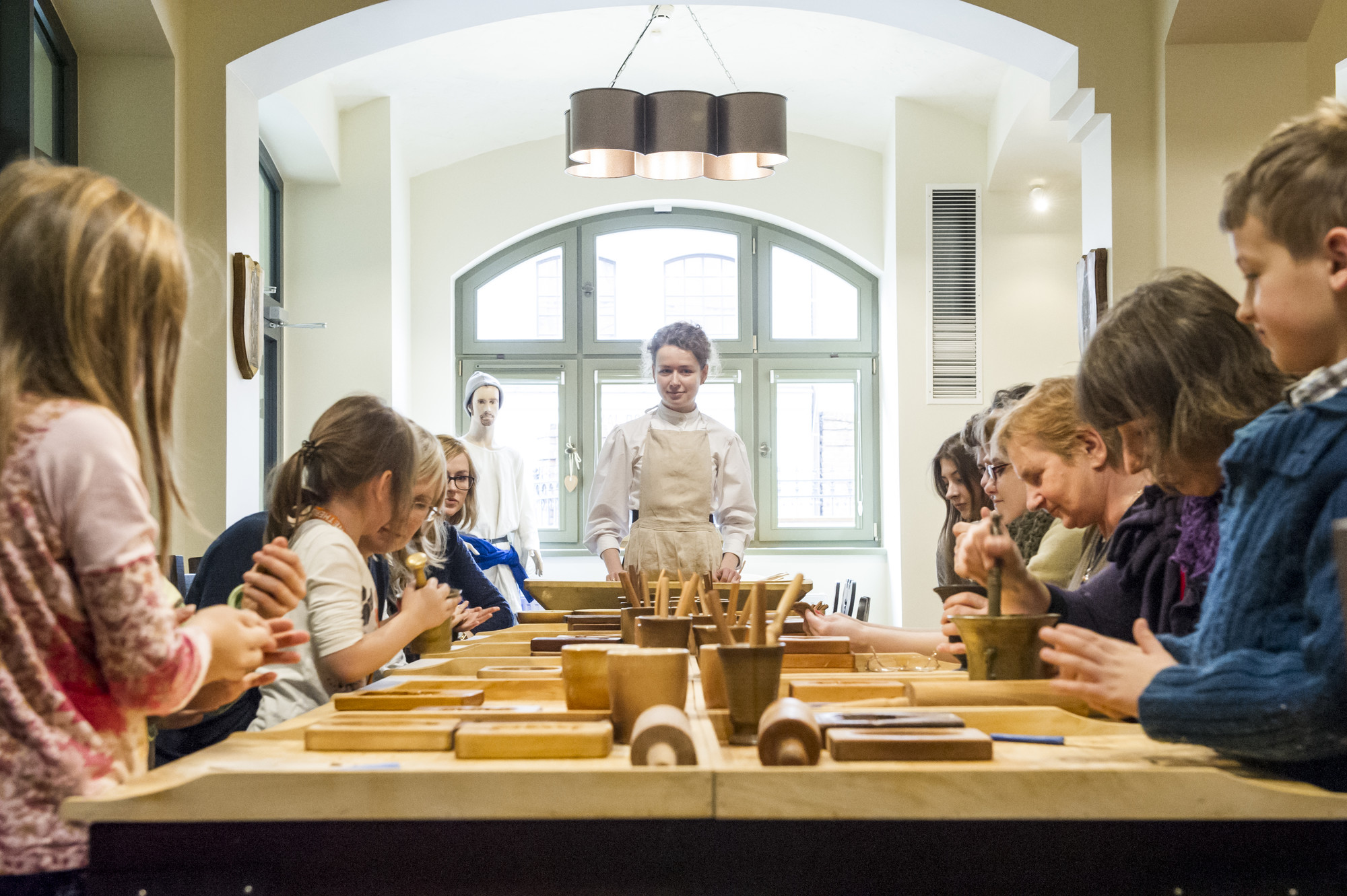
St. James the Greater Church
If there is a church more beautiful, we'd like to know about it...because, as far as we're concerned, this is the most gorgeous church in Europe. Also known as St. Jacob's, St. James the Greater Church is...how can we put this...greater than anything you can imagine! Like most mega-sites of medieval worship, it was built on the site of a pre-existing church from the mid-13th century, but as Toruń grew in wealth, so too did the public works programmes. The unique design of this brick Gothic architectural masterpiece was erected in the first half of the 14th century, complete with serrated-spire towers and stained-glass windows, not to mention those incredibly vivid red bricks and tiling. Inside the fantastic white-washed gothic interior, you'll find numerous magnificent works of art, including a unique interpretation of Jesus crucified on the 'tree of life' whose branches feature the carved figures of the 12 prophets of the Old Testament. There are also murals dated from 14th-15th century and a 22-scene painting of the Passion of Christ in the presbytery, the characters of which are allegedly based on the likeness of Toruń's medieval burghers. Lastly, the impressive Baroque high altar featuring the oldest Renaissance organ in Poland, which is still in operation to this day and lavishly decorated with intricate carvings and coats of arms of the Royal Prussia and the Old Town and the New Town of Toruń. What a church!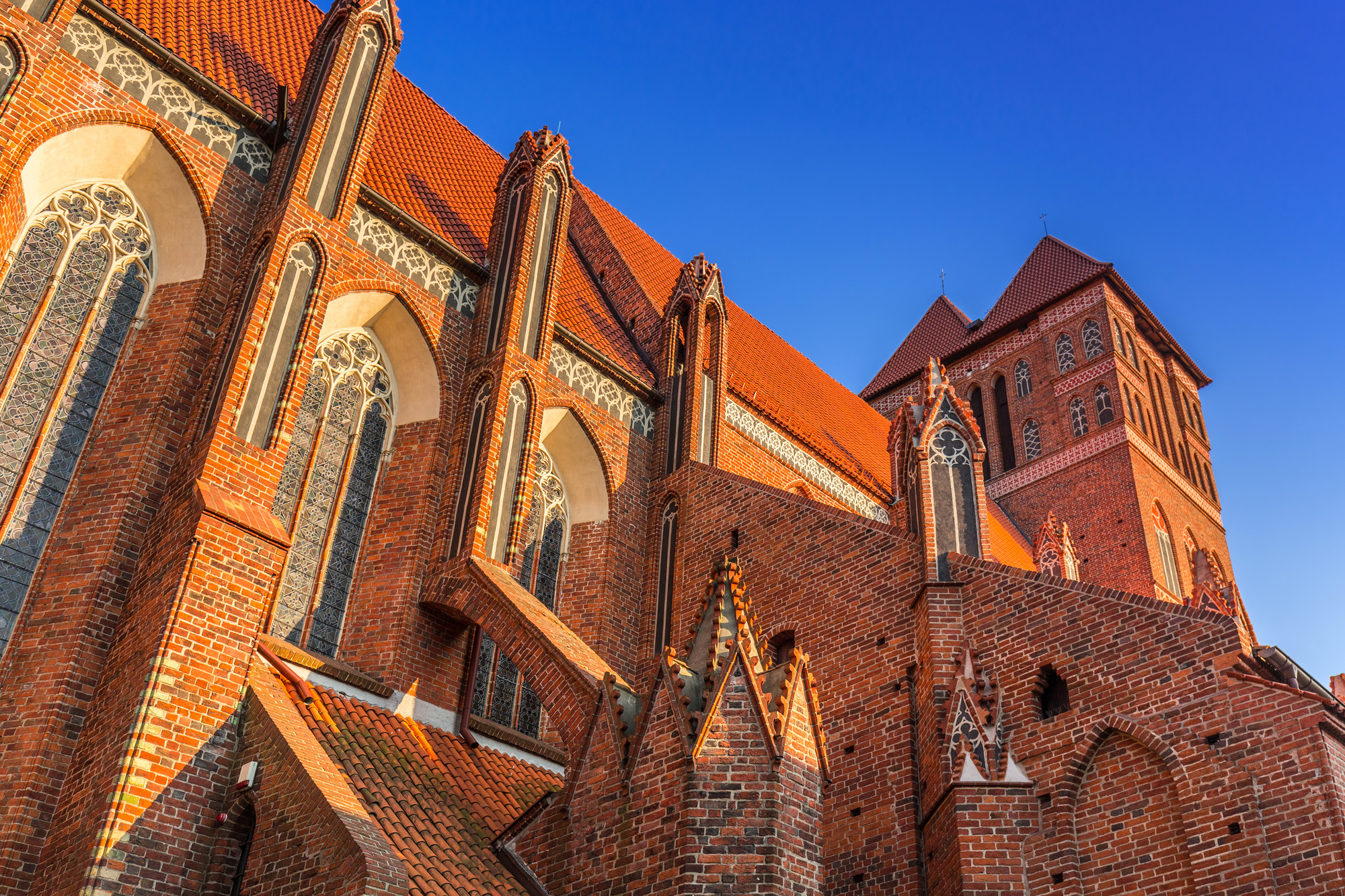
New Town Market Square
The second market Square of Toruń is not as 'new' as its name would suggest. As part of the gradual expansion of the city to the east, this particular area was first developed in the mid-13th century, which technically makes it newer than the Old Town Square! This area was the centre of the old artisan district, making it a little more 'markety' than its counterpart, and to this day you can find locals flogging their wares and fresh produce on weekends. Put simply, if you're looking for markets in Toruń, this is the place to head! A former evangelical church from the 19th century is located in its centre. The northeast corner is occupied by the famous Gothic Saint James Church (mentioned above), and is reason enough to head here. Other curiosities include the neoclassical facade of the building that houses the pharmacy Pod Złotym Lwem (ENG: Under the Golden Lion) and the baroque townhouse that contains Pod Modrym Fartuchem (ENG: Under Cerulean Apron), an inn that has been running from 1489. The latter was visited by Polish kings, and Napoleon Bonaparte was probably a guest there when he visited Toruń in 1807. The former tavern of the Bractwa Czeladzi Murarskiej (ENG: Masons' guild) is now a thriving Children's Creative Art Centre and Gallery.
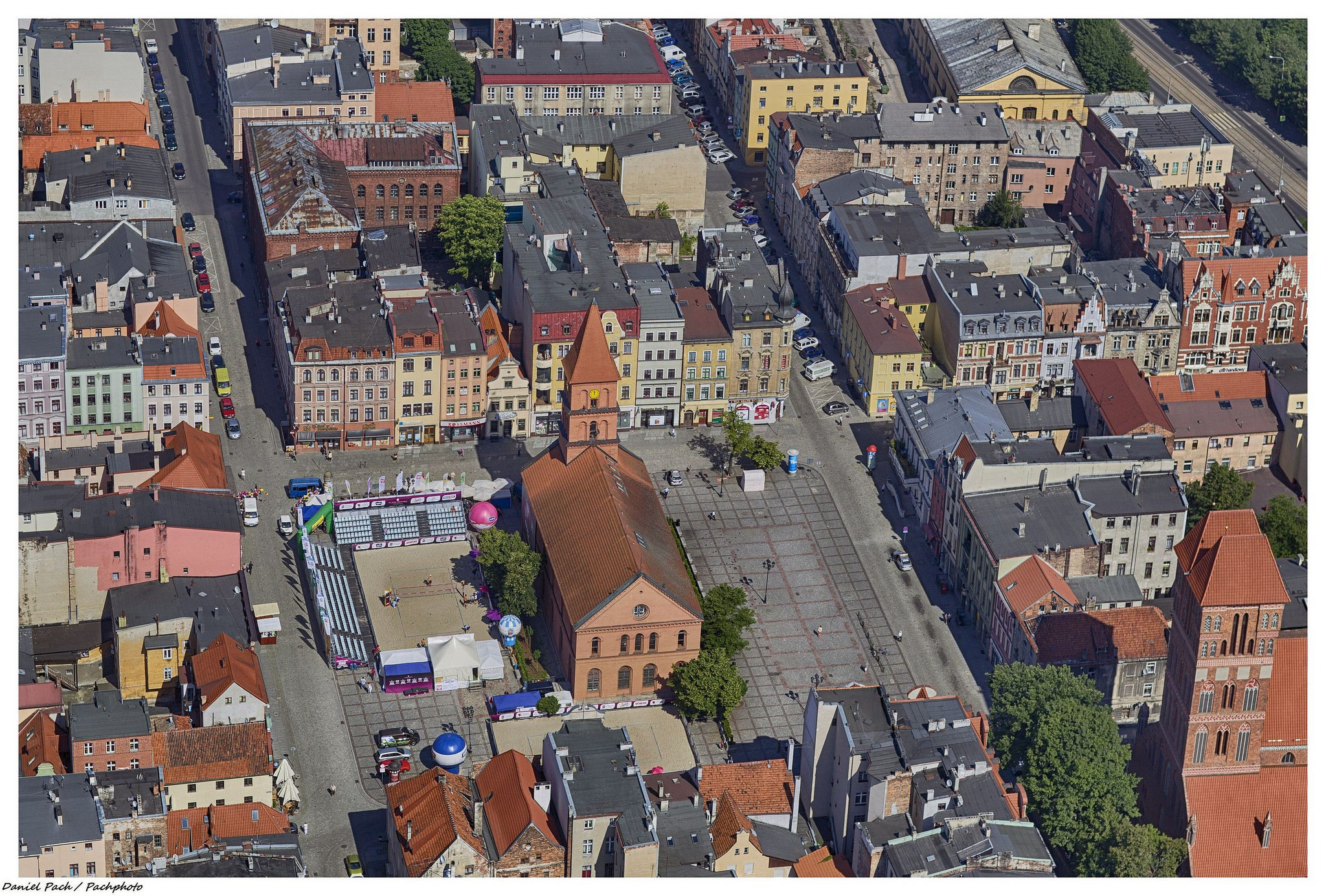
Teutonic Castle Ruins
The order of Teutonic Knights contributed to one of most complex and tumultuous periods of Polish and Central European history. These Germanic crusaders were granted territory here in 1226 by Polish ruler Konrad of Masovia in exchange for helping to christianise the pagan tribes of the Baltic coast. They began by building fortifications in Toruń in the mid-13th century, making it the oldest Teutonic castle site in Poland. Toruń was the base of operations for the Teutonic Knights until it shifted to Malbork in 1308. The castle was not only the first major development in the formation of the historic 'Teutonic State,' but also gave the locality, known in German as 'Thorn,' the opportunity to develop and become a major trading centre in Central Europe. After numerous wars with the Kingdom of Poland and Lithuania, the Teutonic state began to decline, and a 1454 town rebellion in Toruń saw the ground level of the castle complex largely destroyed. Nowadays, however, the subterranean caverns of the building system are still intact enough for a pass-through. The gothic archway crossing over the side street joins to the 'Gdanisko' - a high-tower lavatory (or a poo-with-a-view as we childishly refer to it) with a viaduct flushing system that would send knightly 'waste' into the Vistula. During the week, historic re-enactors are keeping the spirit of the medieval city alive with various demonstrations of weaponry, food and other crafts. In the ruins of the old chapel, it is also possible to watch a movie or catch a theatre event!
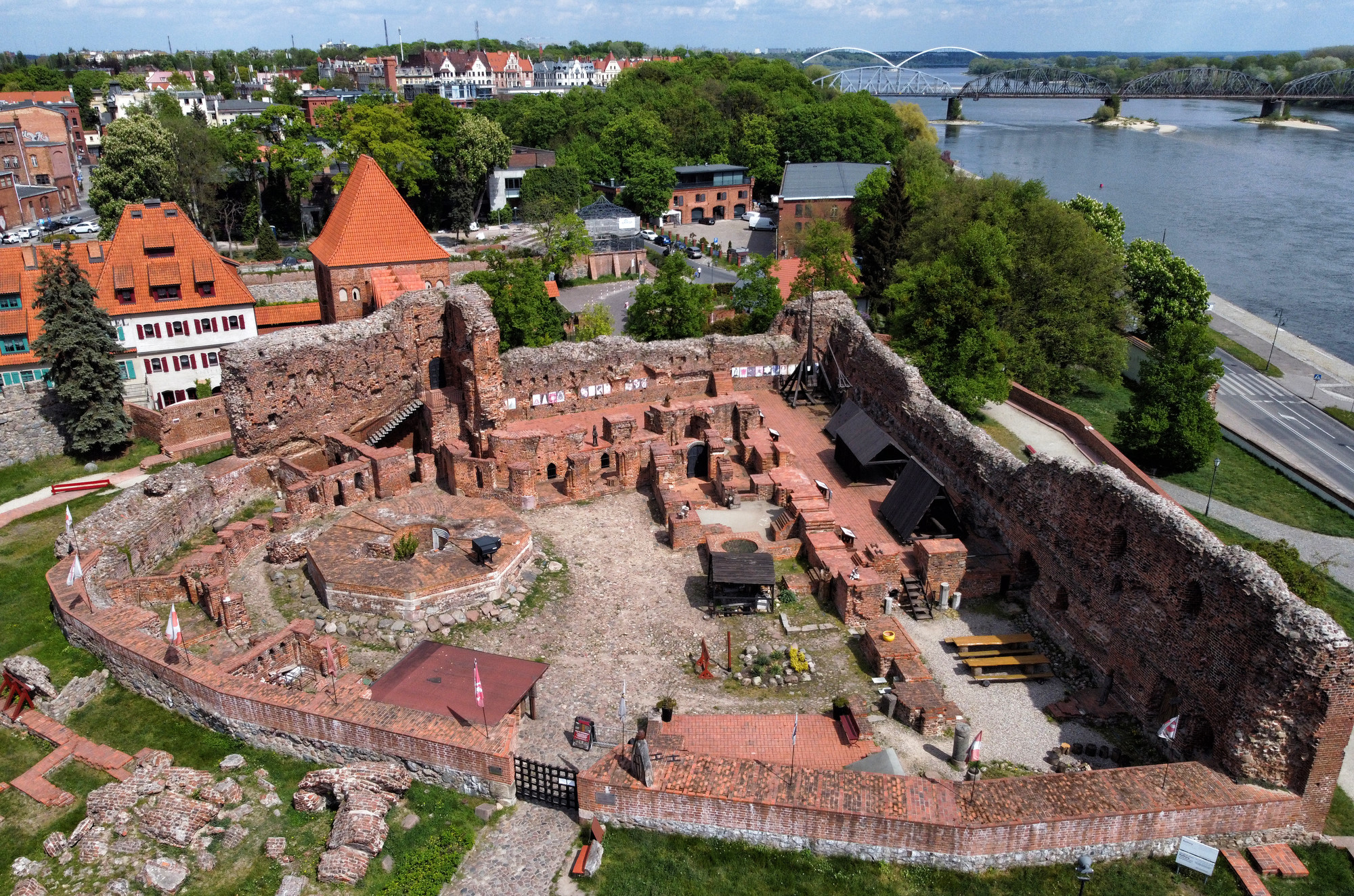
Philadelphia Boulevard
Named after the sister-city of Toruń, Philadelphia Boulevard (ENG: Bulwar Filadelfijski) presents enviable views wherever you look. On the north side, you may gaze over the medieval fortifications of Toruń's old centre, which includes several brick-gothic gates and the ruins of the Teutonic castle on its eastern end. Looking south, you have the Vistula River and Kępa Bazarowa, a natural reserve that is popular for hiking. Keep an eye out for all the barges, ferries, and the deck-chair-lined embankments that serve as popular nightlife spot. The latter is, of course, a favourable option if you've remained in Toruń all day and are looking to unwind with a beer or something else floatable on the Vistula riverbank. Na zdrowia!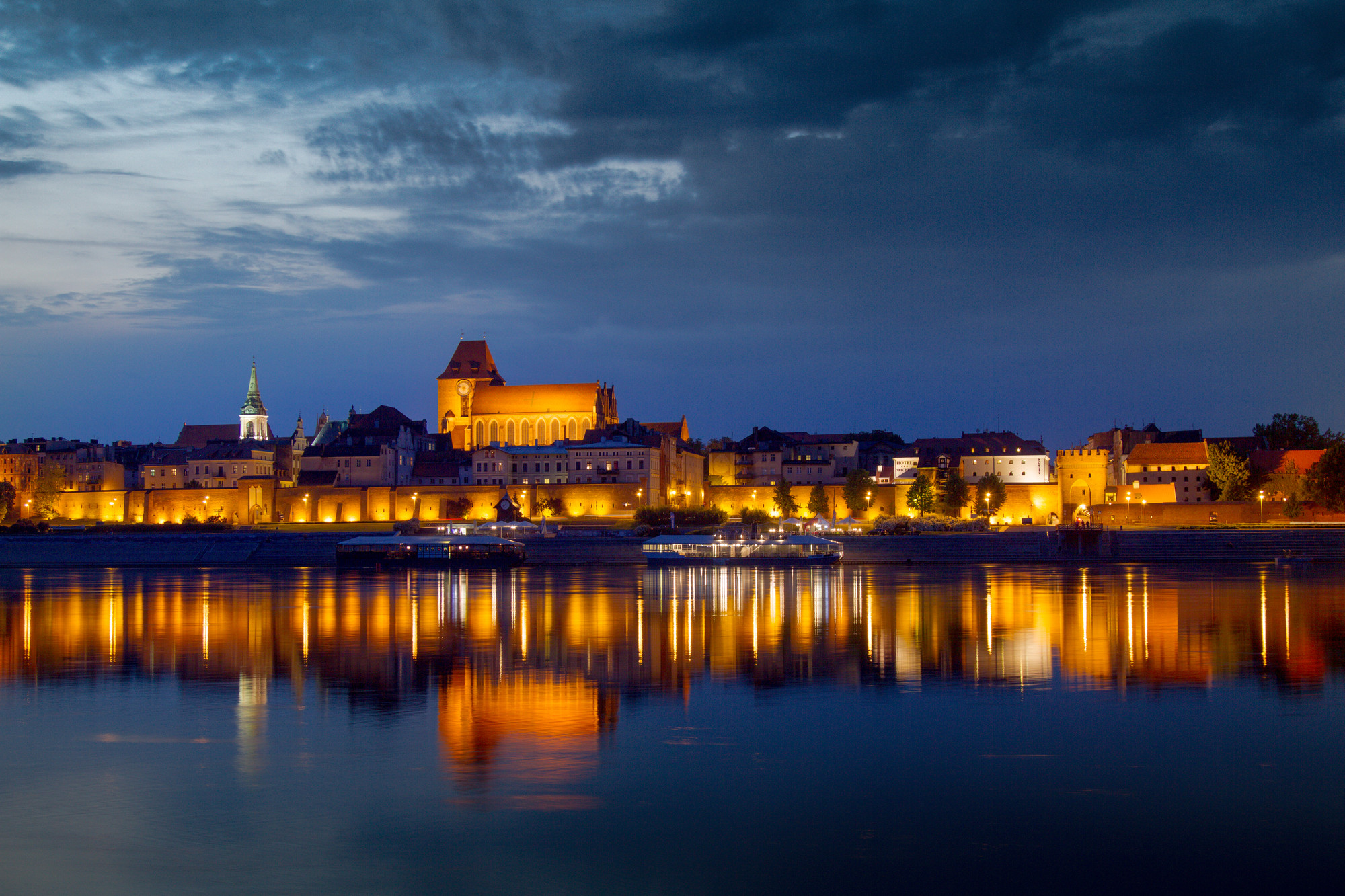


Comments